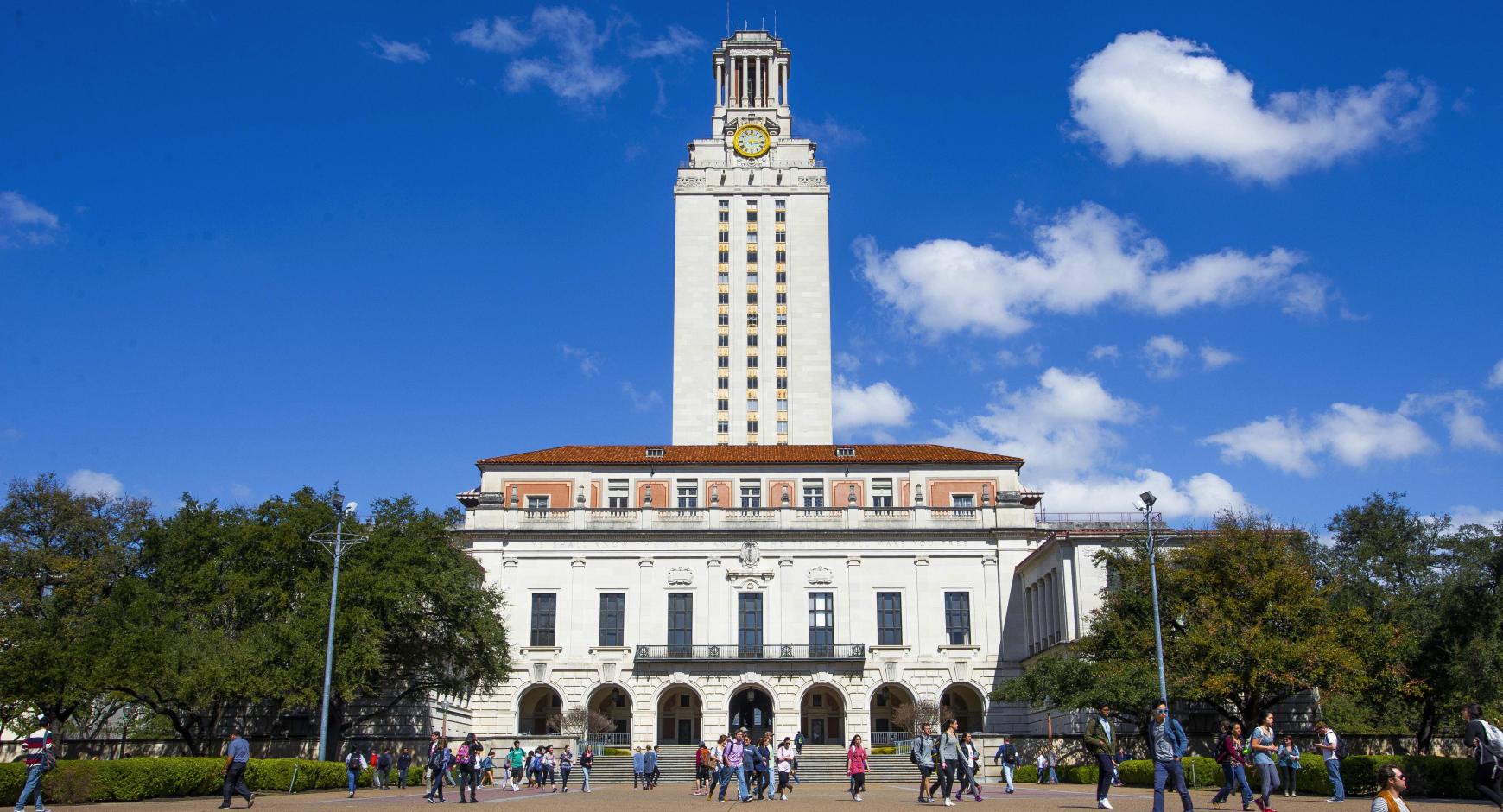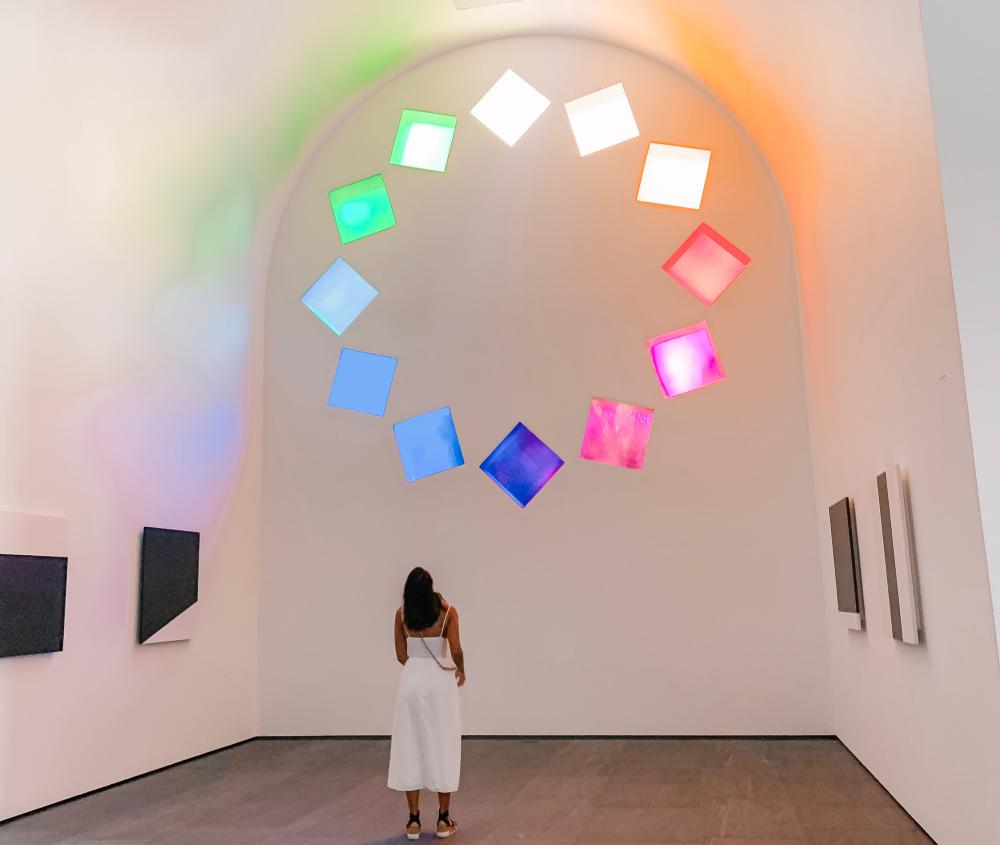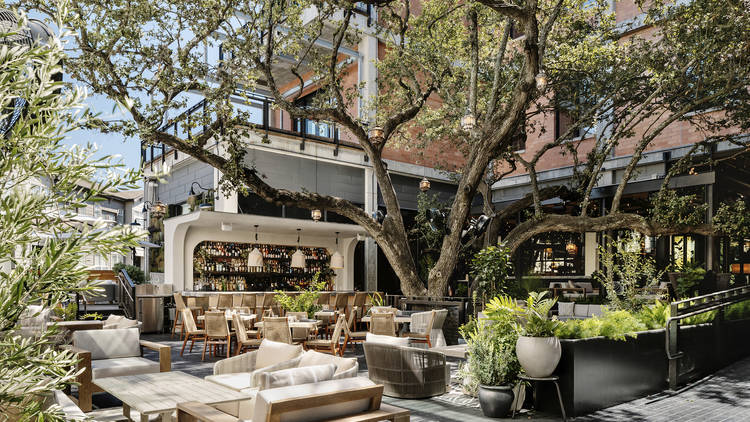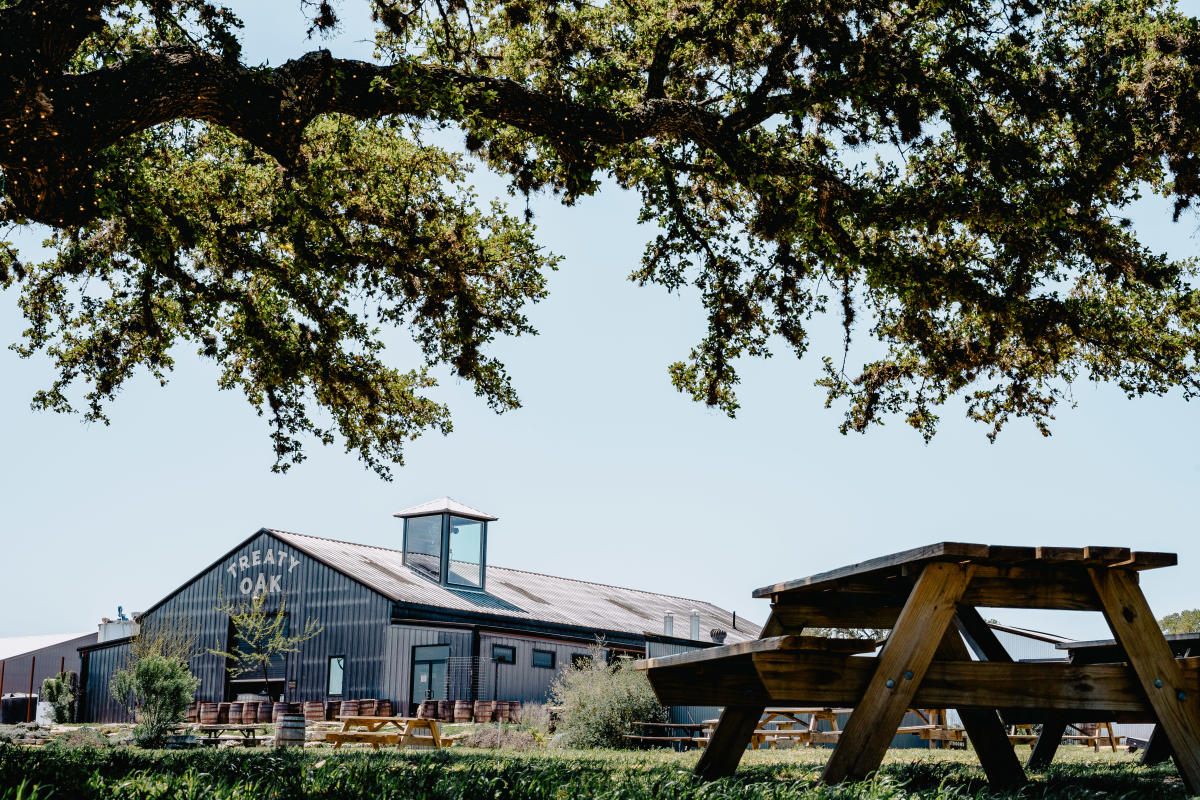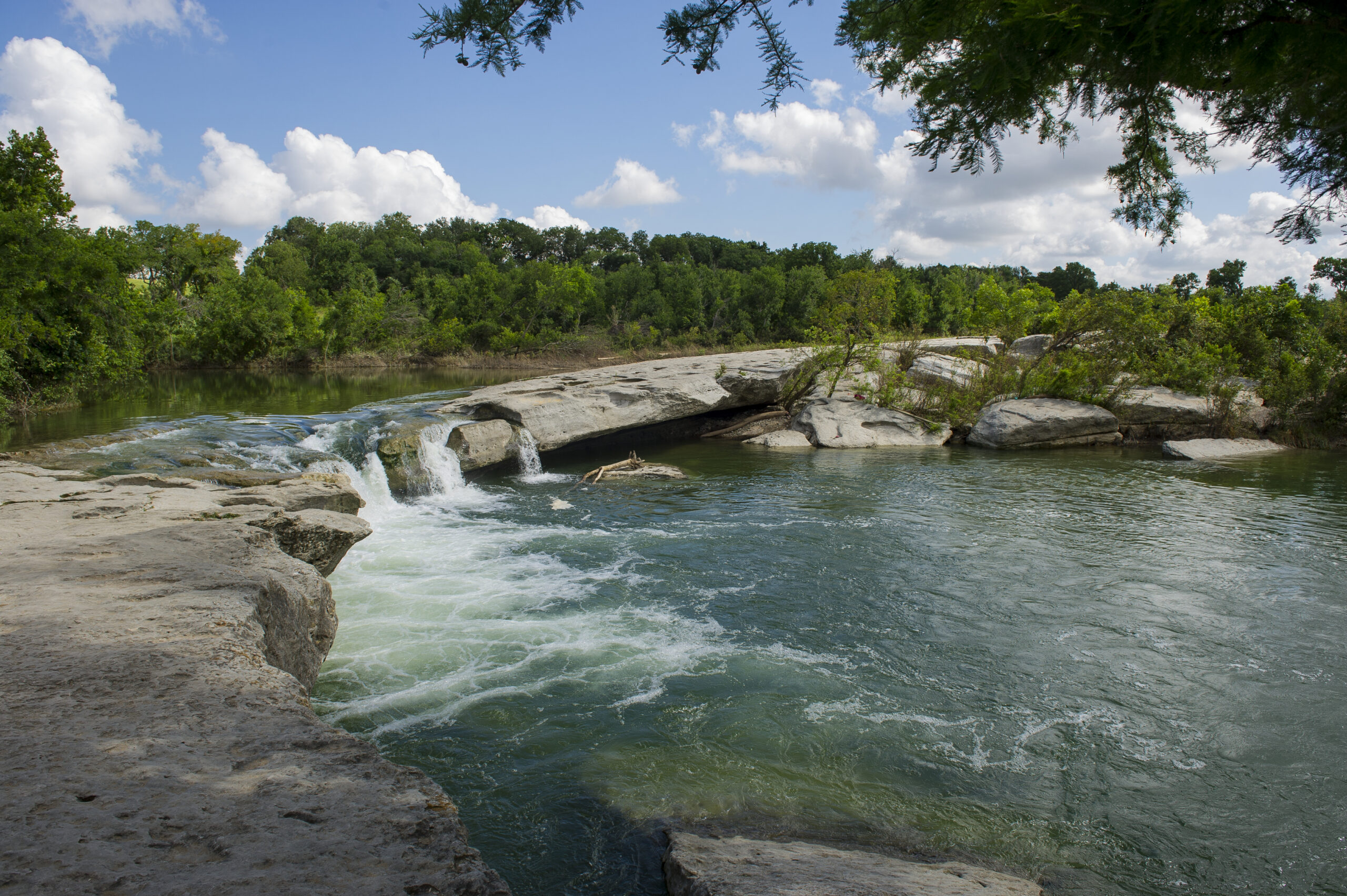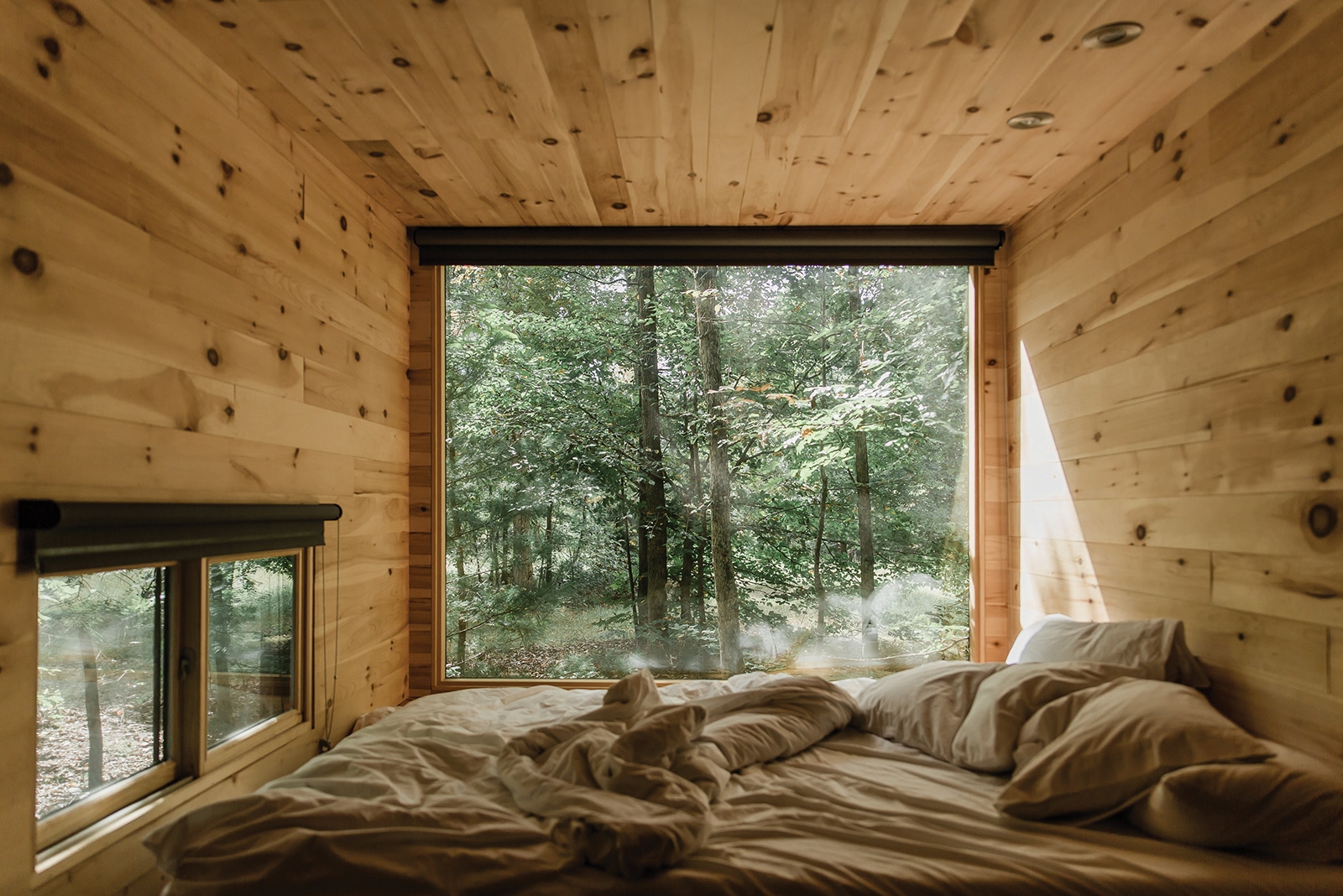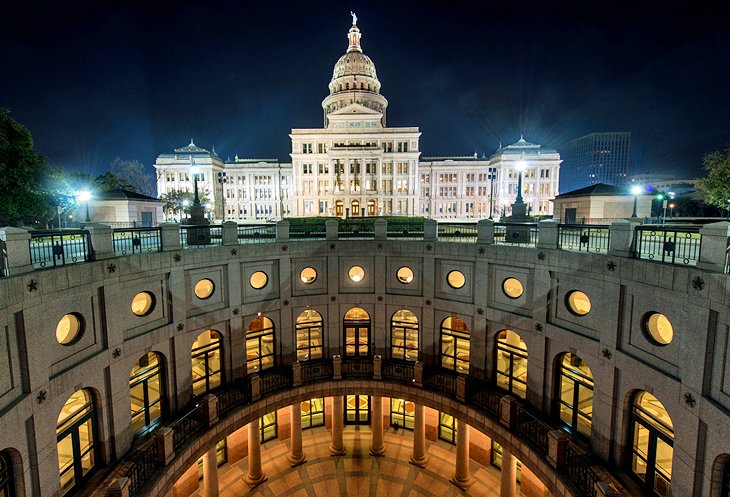
Austin’s Architectural Wonders: Your Local Guide to The Top 5 Landmarks
Austin, Texas – it’s the beating heart of the Lone Star State, renowned for its vibrant music scene, burgeoning tech culture, and – as we’re about to explore – its extraordinary architecture. Allow me to guide you through Austin’s architectural landmarks. From towering institutions of power and luxury hotels steeped in history, to ultra-modern skyscrapers and innovative public spaces, I’ll introduce you to Austin through the lens of architectural excellence, unearthing tales and unveiling facets that make these landmarks deeply symbolic of this ever-evolving city.
1. Texas State Capitol – The Epitome of Texan Grandeur
At the crown of downtown Austin, you’ll find our first gem, the Texas State Capitol. A veritable powerhouse of Texan politics, the capitol has more than just administrative affairs under its belt; it’s an architectural marvel worth exploring.
- Historical Context: Constructed in 1888, this iconic Capitol has weathered the years and challenges thrown at it (including a catastrophic fire in 1983), emerging only grander. It is a towering manifestation of Texas’ indomity and resilience and a stirring symbol of the city’s treasured heritage.
- Architectural Style: As the brainchild of architect Elijah E. Myers, this Renaissance Revival style building proudly breaks from the norm, surpassing the U.S Capitol in height by nearly 15-feet. Lacework of exquisite friezes adorns the exterior, while within, strikingly beautiful terrazzo floors, ornamental ironwork, and sprawling rotundas captivate the attention of even the most discerning visitor.
- Material: The capitol is constructed from local red granite – a nod to our cherished Burnet County quarry, and further endorsing the everything’s bigger in Texas motto, with its monumental size and prominent stature.
- Public access: Walk with me through the heart of Texas politics on a free guided tour available seven days a week. From Senate chambers to legislative offices, get a taste of Texas’ rich history and witness the pomp of governance firsthand. Don’t forget to take out some time to soak in the lush beauty of the Capitol Grounds, home to various monuments and memorials around the premises.
2. The Driskill – A Gateway into Austin’s Luxurious Past
Our next stop, The Driskill, is a timeless luxury hotel that blends rich Texan history with old-world elegance and stylish comfort. Named after Colonel Jesse Driskill, a wealthy cattle baron of the 1800s, The Driskill is an iconic beacon in Austin’s hospitality industry.
- Historical Context: Dating back to 1886, The Driskill rose out of Colonel Jesse Driskill’s vision of creating an opulent, grand hotel that would serve as a rendezvous point for Austin’s elites. Over its 130 years, the hotel has played host to a range of events, from legislative discussions to high society weddings.
- Architectural Style: Step into a realm of Romanesque grandeur. With an exterior graced by elaborate carvings, beautifully arched entrances, and ramparts emulating European medieval castles, The Driskill gracefully juxtaposes old-world charm with Texan spirit.
- Intriguing Features: Amble through its carpeted corridors, past portrait-filled walls leading towards an exquisitely crafted stained glass rotunda. Don’t miss the grand staircase, a famous spot for photo ops, with its ornately carved railings and opulent aura.
- Public Access: This hotel welcomes non-guests too. How about indulging in a warm cup of coffee or a delicious pastry at the 1886 Cafe & Bakery, or visiting the Driskill Bar for a taste of Texan hospitality? Don’t leave without peeking into the custom haberdashery, creating hats in the authentic Western tradition.
3. Frost Bank Tower – An Icon of Modernism and Resilience
Our journey meanders through time and brings us to the symbolic beacon of contemporary Austin, the 33-story Frost Bank Tower. Defining the line of modern Austin’s expansive skyline, this glorious skyscraper is a tribute to the city’s forward-looking spirit.
- Historical Context: The Frost Bank Tower became a potent symbol of American resilience by being the first skyscraper built in the U.S after the 9/11 tragedy. Its grand opening in 2004 marked a new architectonic era for Austin.
- Architectural Style: Dabney Kennedy of HKS, Inc. ushered in a pleasing blend of bold Art Deco motifs with a dash of modernist aesthetic. The bow and arrow-shaped top appears like a stunning crown under Texas’ azure skies.
- Unforgettable Feature: As daylight ebbs away, creating a mosaic of twilight hues, the building’s top becomes a radiant spectacle, casting an enchanting glow over Austin city nights.
- Public Access: Although the insides of the tower are restricted to keycard access, its sleek exterior is equally jaw-dropping, and you can frequently spot it lighting up Austin’s cityscape during various art, music, and cultural festivals.
4. Austin Central Library – A Community Hub Redefining Public Spaces
Next, we uncover an example of architectural brilliance that balances informational needs with artistic, communal, and environmental factors, the Austin Central Library.
- Historical Context: Opened in 2018, this modern establishment soon grabbed international attention, making Time magazine’s list of the World’s 100 Greatest Places.
- Architectural Style: Embodied within its walls is a physical form of Austin’s balance between nature and progress, as an industrially-inspired exterior harmoniously extends into an environment-friendly interior.
- Innovative Features: Step into this hexagonal, six-story atrium and find yourself charmed by much more than books. Be it the rooftop butterfly garden, the artfully placed sculptures, or the live-cooking presentation area, every nook and cranny spell creativity.
- Public Access: The library hosts an array of cultural programs, music performances, art forums, and film screenings – a testament to Austin’s holistic view of a community center. A visit here promises to be far from your typical library encounter.
5. The University of Texas Tower – An Emblem of Knowledge
Our whirlwind tour around Austin’s architectural landmarks concludes at the nucleus of one of the country’s largest educational institutions, The University of Texas Tower. An integral emblem of knowledge and academia, this tower reigns over UT’s vast, sprawling campus.
- Historical Context: Since its inauguration in 1937, this beacon of knowledge has not only been an academic hub but also a symbol of Austin and Texas’ commitment to fostering intellect and education.
- Architectural Style: The building features a unique blend of Spanish Colonial Revival and Beaux-Arts styles, a design concept that’s been instrumental in inspiring UT’s architectural tone.
- Unforgettable Feature: The stunning bird’s eye view from the 27th-floor observation deck is an experience worth every step. As you gaze at the stunning 360-degree views, the vibrant city of Austin unfolds below.
- Public Access: Tours, available on designated days, provide a unique opportunity for visitors to experience the panoramic glory of Austin from the tower.
From the depths of rich history encapsulated in the Texas State Capitol and The Driskill, through the contemporary heartbeat sensed in the Frost Bank Tower, to the cultural embrace found in the Austin Central Library and the thirst for intelligence seen in The University of Texas Tower, Austin radiates an unmissable harmony of history, culture, innovation, and academia. When you roam this vibrant city, remember that Austin’s architectural landmarks offer not only their visual splendor but also an intriguing, layered narrative of the city’s enduring spirit.




